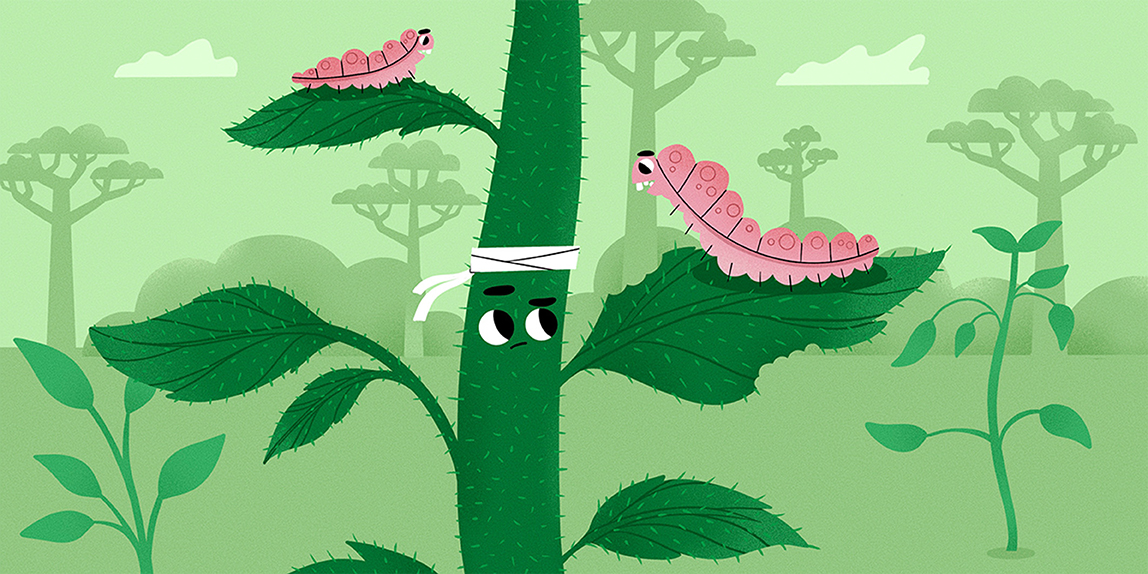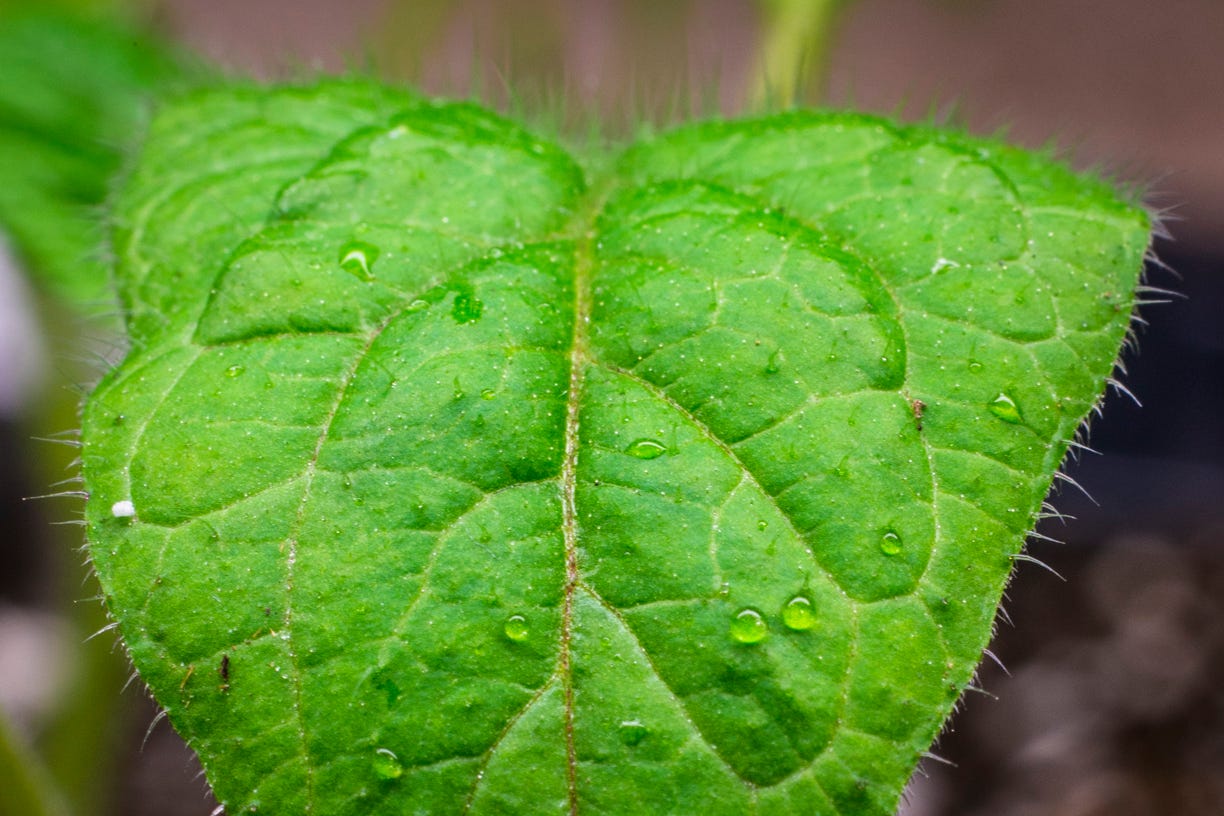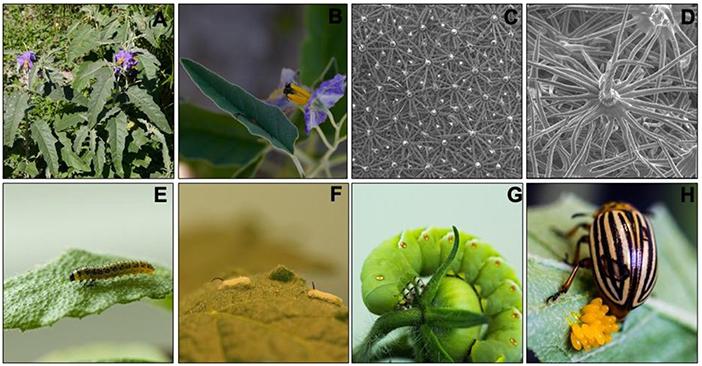Have you ever wondered why some leaves feel fuzzy or hairy to the touch? If you’ve ever encountered plants like lamb’s ear or velvet beans, you might have noticed the soft, velvety hairs that cover their surfaces. This intriguing feature is more than just a curious oddity; it actually plays a significant role in the survival and thriving of these plants.
Furry Plants and Vegetables: The Unexpected World of Nature’s Furry Oddities
When thinking about furry things, animals usually come to mind first. But did you know that the plant world also has its share of furry contenders? From fruits like kiwis and peaches to vegetables such as beans with velvety pods, nature has a unique way of incorporating fur-like textures into some of its flora.
The Science Behind Furry Fruits
One of the most well-known furry fruits is the kiwi. The kiwi’s outer layer, covered in fine brown fuzz, may come as a surprise to first-timers. However, this fuzz serves a crucial purpose. It protects the fruit from damage and assists in water retention, ensuring the kiwi remains juicy and intact until it’s ready to be picked.
Similarly, peaches offer another example, boasting a velvety skin that shields the delicate fruit inside. The fuzz acts as a natural barrier against insects and environmental elements, keeping the peach safe and undisturbed as it ripens on the tree.
Fuzzy Vegetables: Nature’s Protective Layer
Moving on to vegetables, the velvet bean stands out with its fuzzy pods. The fine hairs on its exterior act as a defense mechanism, discouraging pests and curbing moisture loss. These velvety pods are a testament to how plants can evolve to protect themselves from harm.
Even tomatoes, not typically associated with furry textures, showcase this feature. Some tomato plant varieties have stem and leaf structures adorned with trichomes. These hair-like structures fulfill many roles, from deterring insects to retaining moisture under hot conditions.

Why Do Some Leaves Have Hair?
Beyond just fruits and vegetables, many plant leaves also sport these hair-like structures. So, what’s the science behind these fuzzy leaves?
Trichomes: The Hairy Heroes of the Plant World
The tiny hairs you see on leaves and stems are known as trichomes. These microscopic outgrowths can vary widely in size, shape, and function, but they generally serve multiple essential purposes:
- Protection Against Insects: Trichomes act as a form of defense, making it more challenging for insects to reach the leaf surface and cause damage.
- Reduction of Water Loss: By providing a barrier against wind and sun, trichomes help minimize the amount of water lost through evaporation.
- Temperature Regulation: In some cases, the hair-like structures can reflect sunlight, reducing the leaf’s surface temperature and preventing overheating.
| Function | Example in Nature |
|---|---|
| Protection Against Insects | Velvety pods of the velvet bean |
| Reduction of Water Loss | Fuzzy kiwi skin |
| Temperature Regulation | Hairy leaves of lamb’s ear |
Adaptation to Environment
Plants have adapted to their environments in various ways, and developing hairy leaves is one such adaptation. In arid and hot climates, the presence of trichomes can mean the difference between life and death for a plant. These hair-like structures can create a microenvironment on the surface of the leaf, conserving moisture and reducing temperature.
Stress Response
Interestingly, some plants can even develop trichomes in response to stress. When a plant is under duress from factors like drought, excess light, or insect infestation, it may produce more trichomes as a means of self-defense. This phenomenon is a fascinating glimpse into how resilient and adaptive plants can be.

Specific Examples of Hairy Plants
Let’s delve into some specific examples of plants with hairy leaves and explore why they’ve developed this feature.
Lamb’s Ear: The Furry Friend of the Garden
A prevalent choice for gardens, lamb’s ear is noted for its soft, velvety leaves. Beyond its ornamental appeal, these fuzzy surfaces actually serve to protect the plant in extreme temperatures and help in water retention.
Mullein: Nature’s Multitasker
Mullein is another plant with fuzzy leaves, often found in dry or disturbed soils. These hairs help the plant avoid water loss and protect against herbivores and insects.
Furry Fruits: Kiwi and Peach
As previously mentioned, both kiwis and peaches use their fuzz to safeguard the fruit inside. Whether it’s from environmental factors or from insects, these tiny hairs play a vital role in maintaining the fruit’s integrity.
Velvet Bean: The Protective Pod
The velvet bean stands out in the vegetable world with its fuzzy pods. This natural barrier is essential for the bean’s survival, offering protection from pests and moisture loss.

The Evolutionary Advantage
But why did these plants evolve to be hairy in the first place?
Natural Selection at Work
Natural selection likely plays a significant role in the development of trichomes. Plants with hairier surfaces would have had a better chance of surviving and reproducing in harsh conditions, passing this trait to future generations.
Survival of the Fittest
In environments where water is scarce or pests are a constant threat, having an extra layer of protection in the form of trichomes can be incredibly advantageous. This adaptation increases a plant’s likelihood of surviving long enough to reproduce and spread its genes.

How Do Furry Leaves Affect Human Interaction?
You might wonder how these furry features impact us, either as gardeners or consumers.
Garden Appeal
Many people appreciate the unique textures and look of hairy leaves in their gardens. Plants like lamb’s ear not only add a touch of whimsy but also require less water and are more resilient to pests.
Agricultural Implications
In agriculture, understanding the role of trichomes can help in developing pest-resistant and drought-tolerant crop varieties. By mimicking nature’s defenses, we can create more sustainable agricultural practices.

Closing Thoughts
The next time you come across a plant with fuzzy leaves or a velvet-like exterior, you’ll know there’s more to it than meets the eye. These intriguing features are the result of millions of years of evolution, serving critical functions that help the plants survive and thrive in their respective environments. From protecting against pests and reducing water loss to regulating temperature and aiding in stress responses, the humble trichome proves to be an unsung hero of the plant world.
Understanding these natural adaptations not only gives us a deeper appreciation for the plant kingdom but also provides practical insights that can be applied in gardening and agriculture. So, the next time you touch the velvety leaves of a lamb’s ear or marvel at the fuzzy exterior of a kiwi, remember that there’s a fascinating story of evolution and adaptation behind that simple, hairy surface.
By learning more about these natural features, you can deepen your connection with the plants around you and perhaps even try your hand at cultivating some of these fascinating specimens in your own garden. Whether you are a seasoned gardener, a curious nature enthusiast, or simply someone who loves discovering the unexpected wonders of the natural world, hairy leaves offer a delightful and educational journey into the ingenious adaptability of plants.
